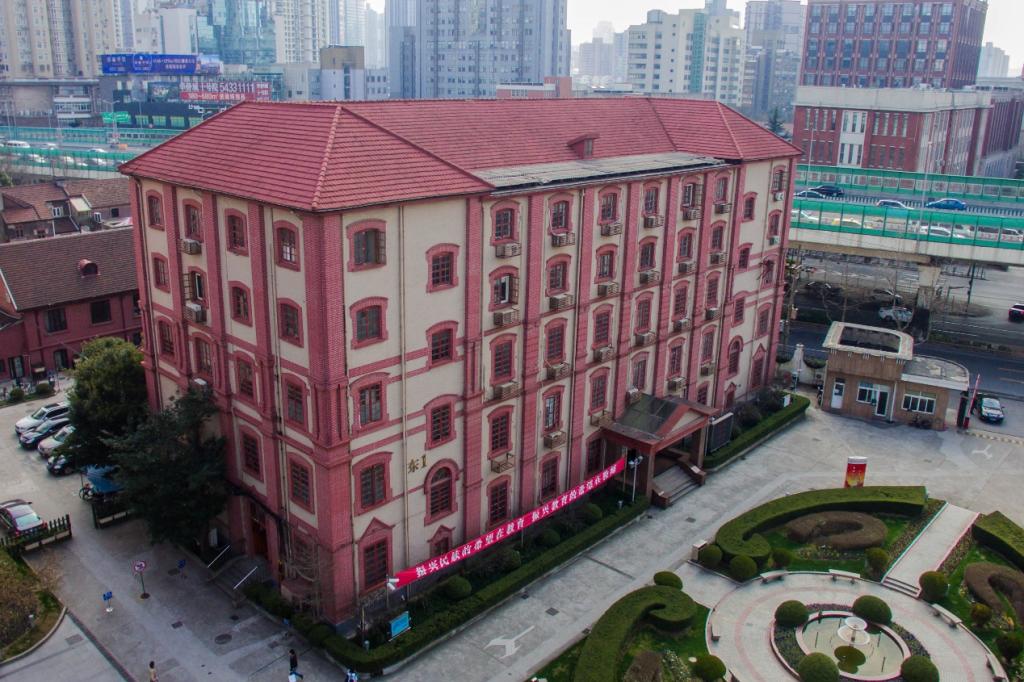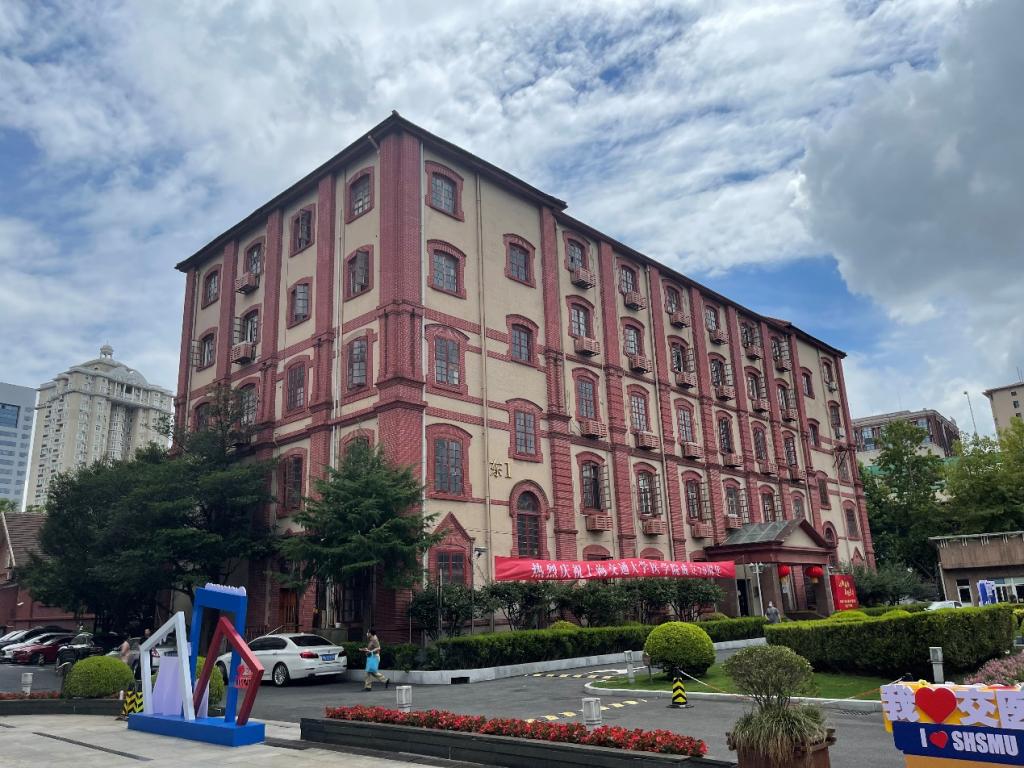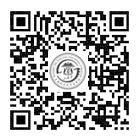

This is No. 1 Building (East), former site of the First Refugee Shelter of Shanghai International Rescue Committee. Built in 1908, it is the oldest building on SJTUSM’s campus. Originally being a three-story brick-and-wood structure, it was expanded to five stories with a floor area of about 4,200 square meters. With a red-tiled slope top, arc-shaped window holes and blue-bricked pilasters, it forms part of the former site of Aurora University together with No. 4 Building (East) and No. 8 Building (East). In June 2009, it was listed as a “protected cultural relic building in Luwan District (merged into Huangpu District in 2011), Shanghai Municipality”.
Aurora University School of Medicine was founded with the funds raised by Ma Xiangbo, a “senior patriot”. Being a Chinese educator, Ma Xiangbo was the founder and the first president of Aurora University, Fudan University and other educational institutions. After the January 28 Incident in 1932, Ma Xiangbo set up a hospital for wounded soldiers on the campus of Aurora University. In 1936, the Wang Jingwei regime arrested members of the National Salvation Association on the so-called ground of “endangering the Republic of China”. Ma Xiangbo wrote a letter in person to Chiang Kai-shek to rescue “seven gentlemen” (including Shen Junru and Zou Taofen) from prison. On November 4, 1939, Ma Xiangbo passed away at the age of about 100 years old, on which a message of condolence was jointly sent by CPC and national leaders including Mao Zedong, Zhu De and Peng Dehuai.
The land of about 13,333 square meters with No. 1 Building (East) in the center was the former site of the First Refugee Shelter of Shanghai International Rescue Committee. After the outbreak of the 1937 Battle of Shanghai, numerous refugees rushed to the urban area and the concession of Shanghai. To provide relief, representatives of charity organizations in Shanghai and members of some states’ consulates in China formally established Shanghai International Rescue Committee. The First Refugee Shelter of Shanghai International Rescue Committee was set up on the campus of Aurora University on Lvban Road (now South Chongqing Road). Therefore, the campus site of Aurora University was included in the Map of Red Cultural Sites by the Party History Research Office of the CPC Shanghai Municipal Committee.
Robert Jacquinot de Besange, S. J. (Chinese name: Rao Jiaju), a French professor at Aurora University, served as director of the First Refugee Shelter. This organization sheltered 6,886 refugees, mostly women and children, in more than one year after its setup until it was closed in December 1939. During the 1937 Battle of Shanghai, Shanghai International Rescue Committee worked with all walks of life in performing laudable humanitarian acts by sheltering refugees and saving tens of thousands of civilian lives. Besides, Robert Jacquinot de Besange, S. J. was extolled as “John Rabe in Shanghai” because his efforts protected around 300,000 Chinese refugees during World War II.
Our elder generations did not surrender to the invaders and refused to be conquered. Even during the Anti-Japanese War, they still concertedly and resolutely maintained the daily teaching order, guaranteed the stable development of the university, and always took “cure diseases and save the people” as the top priority. This reflects SJTUSM’s mission as well as faculty and students’ original aspiration.

